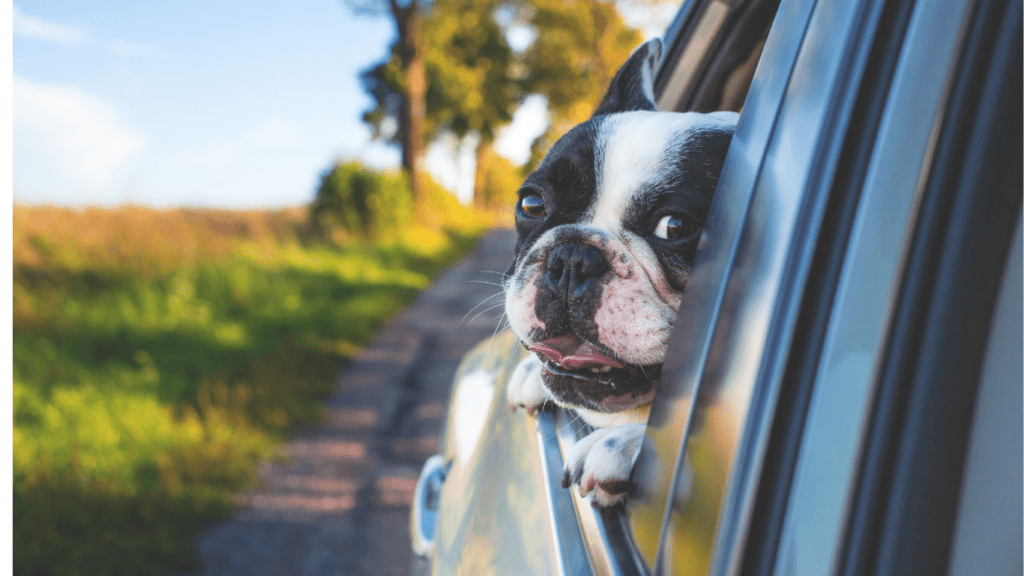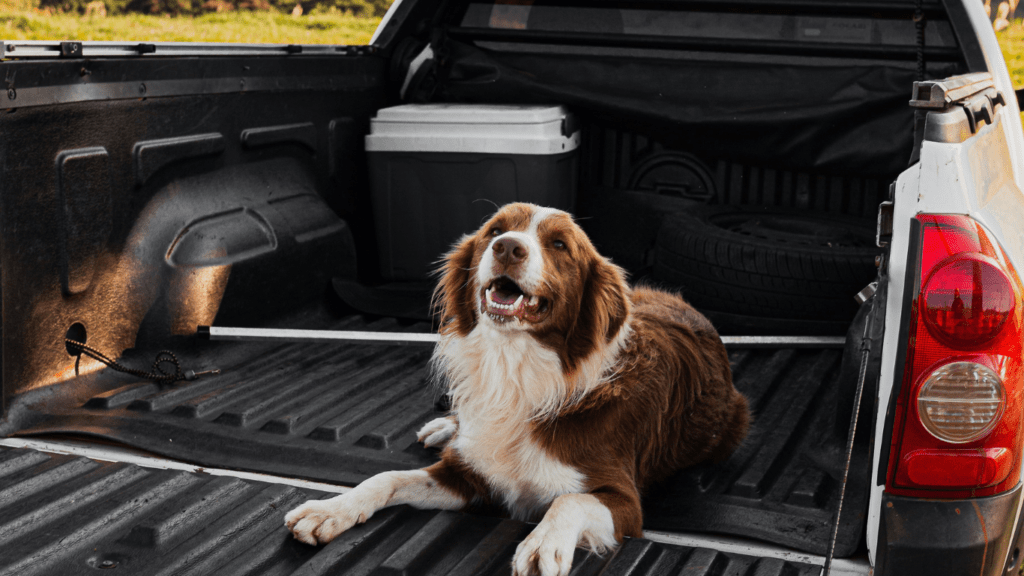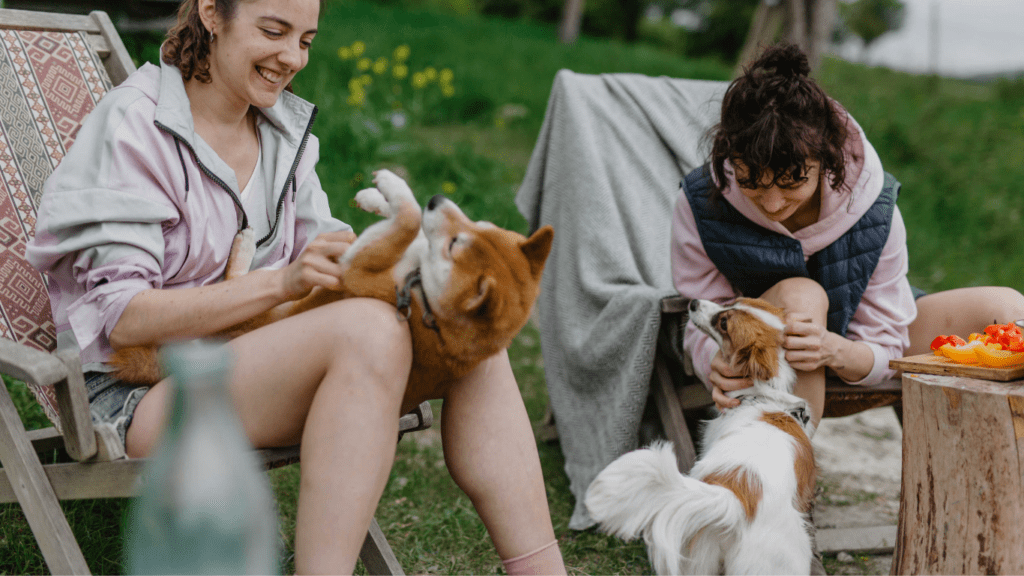Understanding Pet Travel Anxiety
Pet travel anxiety is a significant concern for many pet owners. Knowing the common causes and recognizing the signs can make traveling easier for both pets and their owners.
Common Causes of Pet Travel Anxiety
Various factors contribute to pet travel anxiety. Changes in environment, unfamiliar sounds, and separation from familiar surroundings can trigger stress. Pets often feel uneasy in moving vehicles due to motion sickness or the erratic nature of travel. Past negative travel experiences can also lead to heightened anxiety in future trips.
Signs and Symptoms to Watch For
Recognizing signs of travel anxiety in pets is crucial for addressing it. Common indicators include excessive panting, drooling, whining, or barking. Some pets may exhibit restless behavior, such as pacing or trying to escape. Physical symptoms like:
- vomiting
- diarrhea
- trembling
- also indicate stress
Paying attention to these signs enables pet owners to take timely actions to help their pets relax.
Preparing for Travel
Proper preparation can alleviate much of your pet’s travel anxiety, ensuring a smoother journey.
Choosing the Right Travel Carrier

Selecting the appropriate travel carrier is crucial in managing your pet’s anxiety. Consider the size of the carrier, ensuring it’s large enough for your pet to stand, turn around, and lie down comfortably. Look for carriers with proper ventilation and secure locks. An easily washable interior can help maintain hygiene. Specific instances, like car rides versus flights, require different carrier types.
| Carrier Type | Best For | Key Features |
|---|---|---|
| Soft-sided | Car rides, short trips | Lightweight, flexible, comfortable |
| Hard-sided | Flights, long trips | Durable, ventilated, secure locks |
Gradual Acclimatization Techniques
Use gradual acclimatization to reduce your pet’s travel anxiety. Start by letting your pet explore the carrier at home. Place their favorite toys and a cozy blanket inside. Gradually increase the time they spend in the carrier. Combine these sessions with positive reinforcement, like treats and praise, to build a positive association. For trips involving a car, begin with short drives and slowly extend the duration. If flights are necessary, simulate airport experiences to familiarize your pet with the sounds and settings.
During the Journey
Ensuring your pet remains calm during travel is crucial. Attention to comfort and proper techniques can significantly reduce their anxiety.
Creating a Comfortable Travel Environment
Maintaining a familiar environment helps pets feel secure. Use their favorite blankets or toys inside the carrier. Keep the carrier in a stable position to avoid unnecessary movement during transit. Ensure proper ventilation without exposing your pet to direct drafts. Regularly check if your pet is comfortable and adjust as needed.
Using Calming Products and Techniques
Various products can help soothe pet anxiety. Pheromone sprays, available at many pet stores, mimic natural calming scents. Apply them inside the carrier before travel. Herbal calming supplements, like those with Valerian root or chamomile, might be useful. Consult a vet for suitable products and dosages. Playing soft music or white noise can also create a soothing environment, masking unsettling travel sounds.
After Arrival
Arriving at your destination marks a crucial phase in managing your pet’s travel anxiety. Ensuring your pet feels safe and comfortable in a new environment is essential for reducing stress.
Settling Your Pet in a New Environment
Introduce familiar items first. Place your pet’s favorite blanket or toys in their designated area to create a sense of familiarity. Set up a quiet space that’s free from loud noises and distractions. Allow your pet to explore the new environment at their own pace. Observe patiently as they sniff around, gradually adjusting. Offer treats or favorite snacks to create positive associations with the new space.
Post-Travel Tips for Reducing Anxiety
Maintain routines. Stick to your pet’s usual feeding, walking, and play schedules. Consistent routines can greatly reduce anxiety in pets. Monitor their behavior for any signs of stress like excessive panting or hiding. Engage in calming activities such as gentle petting or playing soothing music. If your pet continues to show signs of anxiety, consider consulting your veterinarian. They might recommend additional calming aids or behavior modification techniques.
Address these small, distinct steps to help your pet relax after arrival. Following these strategies ensures a smooth transition for both you and your pet.



 Veterinary Advisor & Health Expert
Anthony Brooks is the in-house Veterinary Advisor at Pet Paw Shack, offering expert advice on pet health, disease prevention, and general veterinary care. With years of experience as a licensed veterinarian, Anthony helps guide pet owners through essential topics like vaccinations, routine checkups, and emergency care. His commitment to keeping pets healthy ensures that Pet Paw Shack delivers trusted and accurate medical insights.
Veterinary Advisor & Health Expert
Anthony Brooks is the in-house Veterinary Advisor at Pet Paw Shack, offering expert advice on pet health, disease prevention, and general veterinary care. With years of experience as a licensed veterinarian, Anthony helps guide pet owners through essential topics like vaccinations, routine checkups, and emergency care. His commitment to keeping pets healthy ensures that Pet Paw Shack delivers trusted and accurate medical insights.
